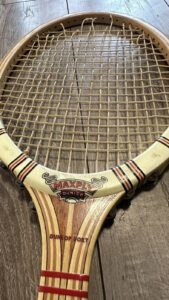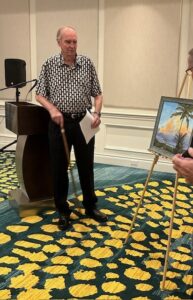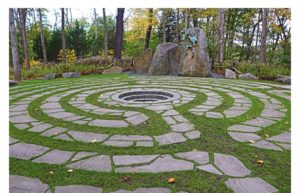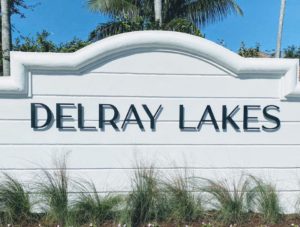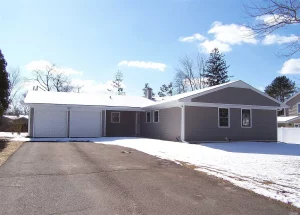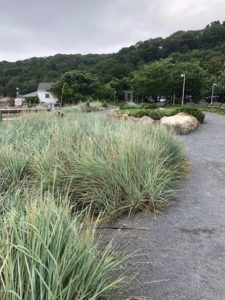
“End of the spring
And here she comes back
Hi, hi, hi, hi there
Them summer days
Those summer days” —Hot Fun in the Summertime, Sly and the Family Stone
“Summer breeze makes me feel fine
Blowin’ through the jasmine in my mind.” – Summer Breeze, Seals & Crofts
Summer.
Just the word conjures up so many memories.
Summer was once the most magical season—there was summer romance, summer vacations and summer songs. Summer was the season we pined for all year long.
But summer— as we once knew it—has changed.
The sun-kissed sultry season has been replaced by stifling and often stunning heat. Lazy days in a hammock don’t seem possible anymore. It’s just too darn hot.
These days, we have new terms to grapply with: “heat domes,” “super storms”, “Saharan dust.”
Maybe these things existed way back when, but I sure don’t remember them. I do remember the ideal of the endless summer, days spent chasing tennis balls and nights spent under streetlights hanging with the kids in the neighborhood.
Hot fun in the summertime has been replaced by a fear of what the tropics may unleash on our lives (and our insurance rates).
Yikes.
I’ve been thinking about how summer has changed. Each day I say a prayer when I come to the office that our ancient A/C survived the night. At home, I stress out with every noise I hear or imagine coming from our air conditioner. When did we last replace the system? Will this be the summer that it dies?
We all know the rules—air conditioners break on Friday nights when temps hit 95 and fire alarms chirp at 3 a.m.
But I digress.
I’d rather write and think about summers past.
When I was a kid, we spent our summers at the Stony Brook Swim and Racquet Club, which we called “The Club.”
It was an oasis for middle-class families, many of whom lived in Levitt Homes. We had 17 tennis courts, four hard courts and 13 clay courts, a wall for paddle ball, a basketball court, a kiddie pool, a big people pool, a concession stand, and a gazebo.
My most memorable summers were spent within the confines of “The Club.” It was a family club; our moms took us every day and our dads joined us on the weekends. My best friends were there and that was where I found and lost my first summer loves. They were truly ‘the wonder years’.
We were outside all day and a good part of the night in those days.
If it was hot, I don’t remember. All I know is nothing stopped us from playing tennis and paddle ball for hours on end.
Truth be told, more than the weather has changed from those halcyon days.
It seemed like families spent more time together back then. We didn’t have the distraction of phones or the doom scrolling temptations of social media.
I wasn’t the one paying or sweating the bills back then, but it seemed like middle class families had the luxury of leisure time and the ability to enjoy a good life.
We lived in Suffolk County on the east end of Long Island. We were proximate to wealth, snug in our suburban cocoon. Still, we saw how the other half lived when our club’s tennis team travelled to play in places called “Old Field” and “Belle Terre.”
Personally, I wasn’t impressed. The country clubs felt “stuffy”, and they didn’t have paddle ball courts where you could watch middle aged New York City raised weekend athletes dive on asphalt chasing a little black ball. That was cool.
Those were some days…I loved those days.
My two best friends had these wonderful dads. Hank and Mickey were legendary characters. They were fun and funny, and they loved hanging with us too. Summers were filled with bear hugs, jokes and playful ribbing. My dad and I bonded over tennis and to this day the sport connects us.
Summer was when we gathered, all of us. It was a community and we felt a part of things.
These days summer is when we hibernate. Floridians wait for winter. We have the best winters.
Still, too many kids while away their time staring at screens, wearing headsets, playing video games alone or with ‘remote’ friends.
I’m grateful those distractions weren’t there for me and my friends. In fact, I wonder whether I would have made friends if those days were like the present. But not only did we make friends, we kept them. Why? Because we made memories together and memories bond you.
The Wonder Years come and go in a blur. It’s like a long summer day. It seems like it will go on forever only to fade–forever. But I’m glad I experienced those days with guys named Scott, Dave, Dewey, Ben, Joe and Howie. Some of those friendships were nurtured by our time at the club, others friends came later, but we made a lot of our memories during those magical summer months.
Labor Day marked an end point. On Labor Day we walked every inch of the club reminiscing about what we just experienced. We recounted our summer loves, we talked about the trouble we got in, the trouble we escaped and we joked around. We remembered our triumphs and our defeats on the Har-Tru courts and we dreamt of the future and the places we would go.
Oh, how I wish we captured those moments, but I suppose in a way we did. Oh, how wish I could revisit those seasons in the sun.
For those who came of age in the 70s, here are 10 memorable summer tunes.
“School’s Out”- Alice Cooper 1972
“Afternoon Delight”- Starland Vocal Band 1976
“Beach Baby” – The First Class 1974
“Dreams” – Fleetwood Mac 1977
“Rock The Boat” – Hues Corporation 1973
“Rich Girl” – Hall & Oates 1976
“Heaven Must Be Missing An Angel” – Tavares 1976
“Brandy (You’re a Fine Girl) – Looking Glass 1972.
“Billy, Don’t Be a Hero” – Bo Donaldson and The Heywoods 1974
“Little Willy” – Sweet 1973
